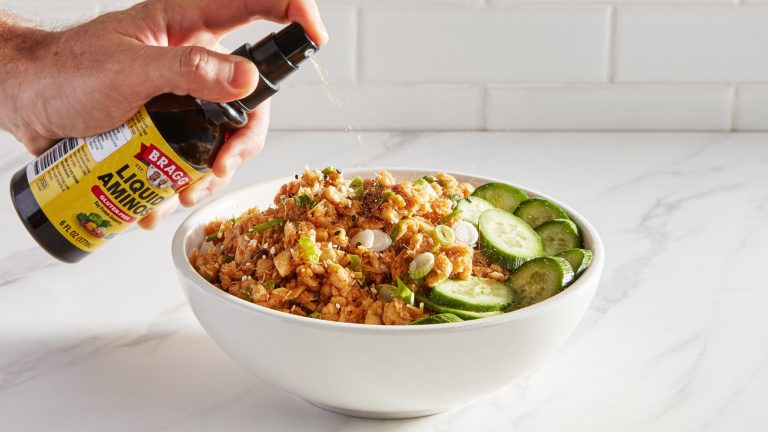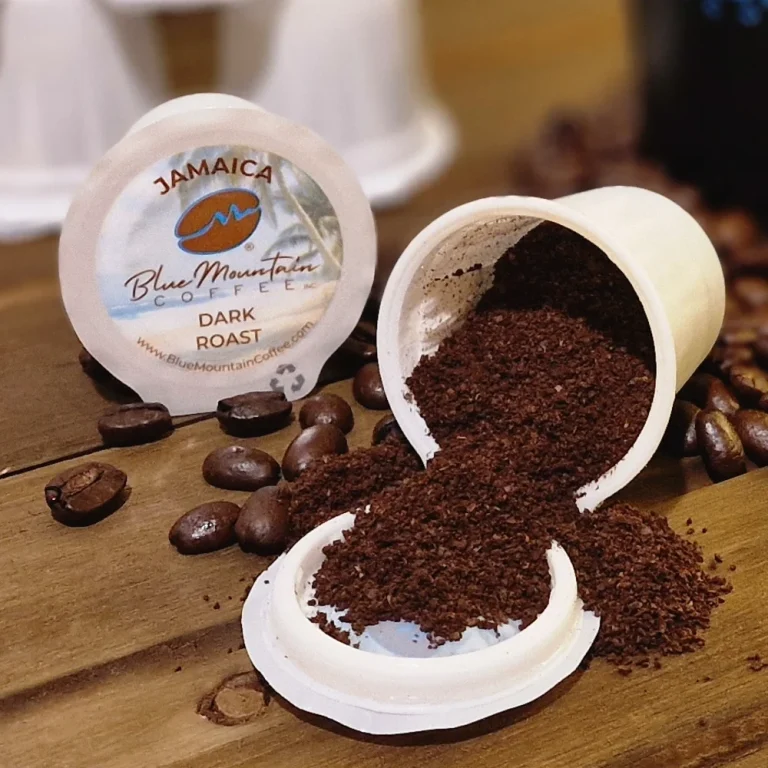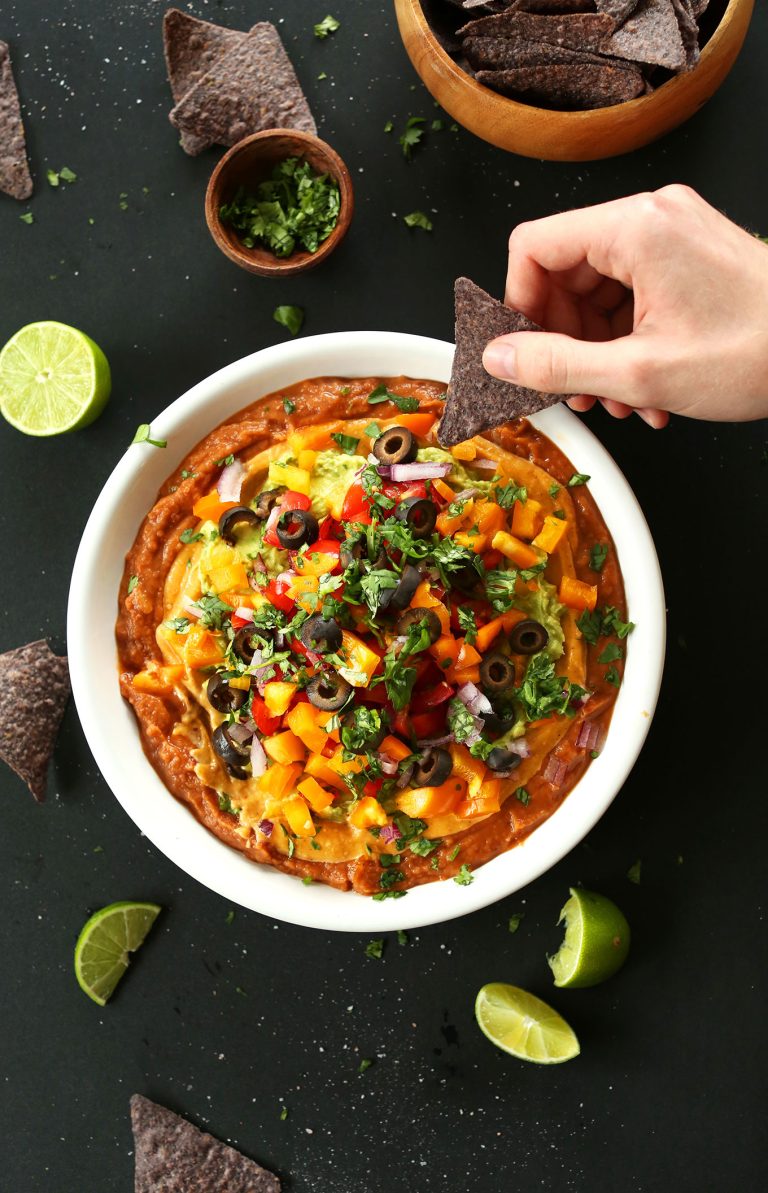Broccoli Cauliflower Casserole: A Nutritious Comfort Food Recipe for Any Occasion
Broccoli and cauliflower, both members of the Brassicaceae family, have roots in the Mediterranean region, cultivated for thousands of years for their nutrients. Broccoli first appeared in Europe around the sixth century BCE, while cauliflower made its debut later, during the 12th century. By the mid-18th century, these vegetables became staples in European culinary traditions.
The casserole concept originated in the United States during the 19th century, when home cooks combined various ingredients to create a single, easy-to-prepare dish. Canned soups and pre-cooked ingredients, introduced in the early 20th century, made casseroles more popular and accessible. Combining broccoli and cauliflower in a casserole became popular in American households for its practicality and health benefits.
Cultural Significance
Broccoli cauliflower casserole holds an important place in American cuisine as a versatile and nutritious dish. It’s often featured at family gatherings, festive occasions, and potlucks, symbolizing comfort and community. The dish also aligns with modern trends in healthy eating, offering a way to incorporate valuable vitamins and minerals into the diet without sacrificing taste.
The casserole’s adaptability to various ingredients and dietary preferences makes it a beloved staple in diverse American regions. From traditional cheese-topped versions to vegan-friendly alternatives, the broccoli cauliflower casserole continues to evolve, reflecting the dynamic and inclusive nature of American culinary practices.
Key Ingredients and Substitutions
Essential Components
Broccoli, cauliflower, cheese, milk, butter, and breadcrumbs form the foundation of a traditional broccoli cauliflower casserole.
- Broccoli and Cauliflower: Fresh or frozen florets deliver hearty texture and nutrition.
- Cheese: Cheddar is popular for its strong flavor, though mozzarella or gruyere fit well too.
- Milk: Whole milk creates a creamy base, but you could use 2% milk for a lighter option.
- Butter: Melted butter enhances richness, essential for a smooth sauce.
- Breadcrumbs: Provide a crispy topping, balancing the dish’s soft components.
Alternative Choices for Dietary Restrictions
Accommodate dietary preferences by substituting specific ingredients.
- Dairy-Free: Use almond or soy milk instead of whole milk. Opt for vegan cheese alternatives.
- Gluten-Free: Replace regular breadcrumbs with gluten-free breadcrumbs or crushed nuts.
- Low-Carb: Substitute traditional breadcrumbs with pork rinds or flaxseed meal.
- Low-Fat: Use low-fat cheese and milk, reducing fat content without sacrificing taste.
Local markets and specialty stores offer various alternatives, ensuring your casserole remains delicious and inclusive.
Step-by-Step Cooking Guide
Preparation Techniques
Start by gathering all necessary ingredients: 2 cups each of broccoli and cauliflower florets, 2 cups shredded cheese, 1 cup milk, 2 tablespoons butter, and 1 cup breadcrumbs. Wash the broccoli and cauliflower under cold water, then chop them into bite-sized pieces. Steam or blanch the vegetables for 5-7 minutes until tender but still crisp. Drain and set them aside.
Melt the butter in a large saucepan over medium heat. Add the flour and whisk for 1-2 minutes until lightly browned. Gradually pour in the milk, continuously whisking to create a smooth sauce. Add salt, pepper, and half of the shredded cheese; continue stirring until the cheese melts completely. Combine the prepared vegetables with the cheese sauce, ensuring they are well-coated.
Grease a baking dish with a small amount of butter or non-stick spray. Spoon the vegetable-cheese mixture into the dish, spreading it evenly. Sprinkle the remaining shredded cheese over the top. Mix breadcrumbs with a tablespoon of melted butter, then sprinkle this mixture over the casserole.
Baking Instructions
Preheat your oven to 375°F (190°C). Place the prepared casserole in the center of the oven. Bake for 25-30 minutes, or until the top is golden brown and the casserole is bubbling. Keep a close watch during the final 5 minutes to prevent over-browning. If the top browns too quickly, cover the casserole loosely with aluminum foil.
Nutritional Information
Health Benefits
Broccoli and cauliflower, the primary vegetables in this casserole, offer impressive nutritional advantages. High in fiber, they support digestive health. Both vegetables contain vitamins C and K, crucial for immune function and bone health. Broccoli, rich in folate, supports cellular function and tissue growth. Antioxidants in these vegetables, such as sulforaphane and indole-3-carbinol, combat oxidative stress and may reduce cancer risk. Cheese adds calcium and protein, essential for bone strength and muscle repair.
Caloric Content
Understanding the caloric content helps in managing diet plans. A typical serving of broccoli cauliflower casserole, approximately 1 cup, contains around 200-250 calories. This value can vary based on the types and amounts of cheese, butter, and milk used. Opt for low-fat versions to reduce calories. Breadcrumbs contribute a small amount, but opting for whole wheat varieties adds extra fiber without significantly increasing calories.
| Nutrient | Approximate Amount per Serving (1 cup) |
|---|---|
| Calories | 200-250 calories |
| Protein | 10-15 grams |
| Carbohydrates | 15-20 grams |
| Fat | 10-15 grams |
| Fiber | 3-5 grams |
| Calcium | 150-200 mg |
| Vitamin C | 80-100 mg |
These values are approximations and can vary based on ingredients and portion sizes.
Serving and Pairing Suggestions
Best Dishes to Complement
Broccoli Cauliflower Casserole pairs well with various proteins and side dishes. For proteins, roast chicken, baked salmon, or grilled steak work well. These options (e.g., lemon herb roast chicken, honey-glazed baked salmon, pepper-crusted grilled steak) complement the creamy casserole texture and flavors. For vegetarian options, consider dishes like garlic butter mushrooms or a hearty chickpea salad.
Side dishes enhancing the meal include mixed green salads, roasted root vegetables, or bread rolls. A crisp green salad (e.g., arugula with balsamic vinaigrette) adds freshness, while roasted root vegetables (e.g., carrots, beets) provide sweetness. Warm bread rolls can balance the casserole’s richness and offer a satisfying carbohydrate option.
Presentation Tips
Presenting Broccoli Cauliflower Casserole in an appealing manner enhances dining experience. Use a vibrant casserole dish to highlight contrasting colors. For an added touch, sprinkle fresh herbs (e.g., parsley or chives) on top before serving, which adds a pop of color and freshness.
Consider individual ramekins for portion control and an elegant presentation. These small servings (e.g., mini casseroles) can be placed on a larger plate with garnish for a sophisticated look. Keep the table settings simple and clean to let the casserole stand out as the centerpiece.
Conclusion
Broccoli Cauliflower Casserole is more than just a delicious dish; it’s a celebration of wholesome ingredients and culinary tradition. Whether you’re looking to enjoy a comforting meal or impress guests with a nutritious side dish this casserole offers versatility and flavor. With options for dietary adjustments and plenty of pairing suggestions you can easily customize it to suit any occasion. So gather your ingredients and bring a touch of warmth and health to your table with this timeless favorite.






